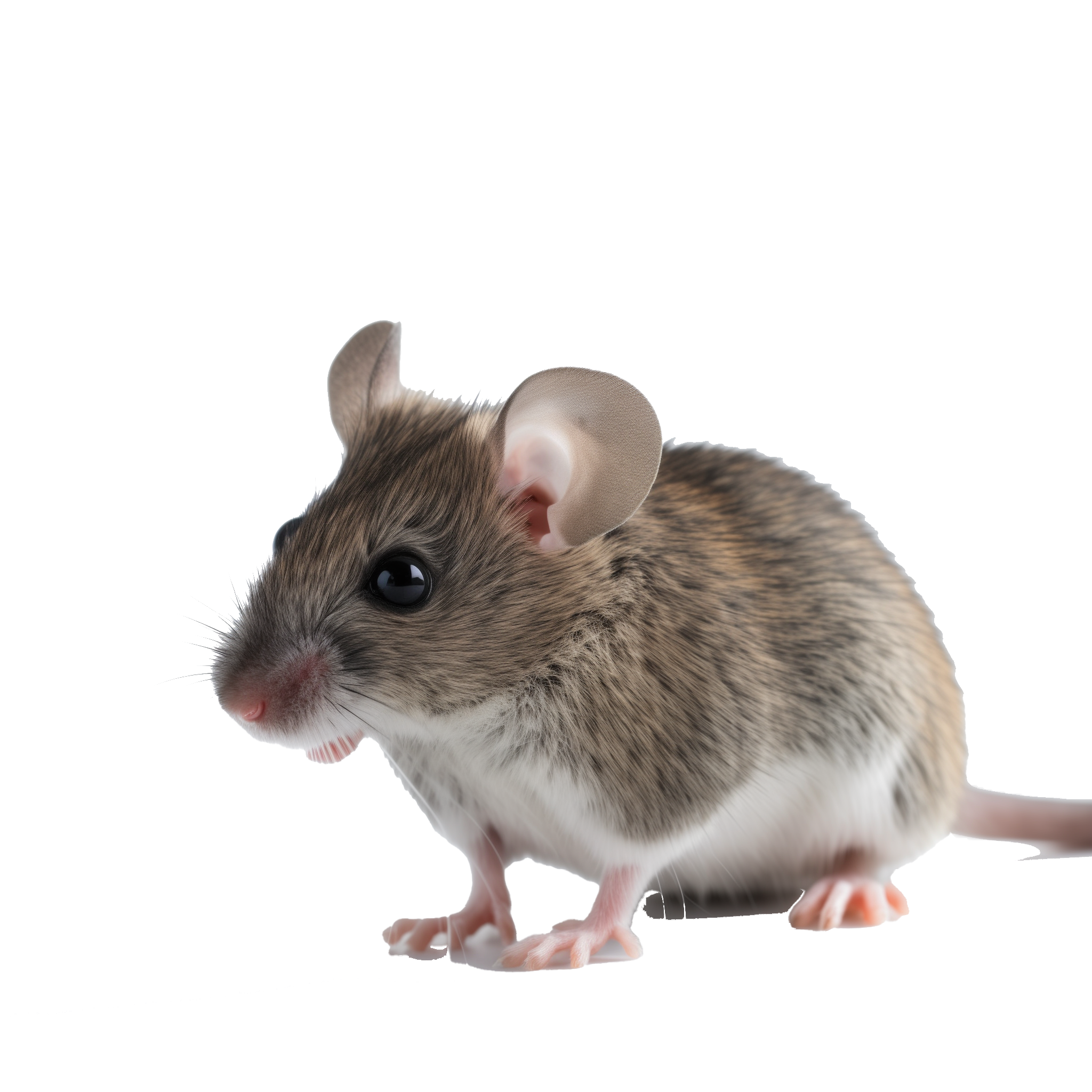All About Mice and Rats
Mice and rats are common rodents that can become significant pests when they invade homes. Their ability to reproduce quickly and their tendency to gnaw on various materials make them a concern for property damage and health risks. Effective management and control are crucial to prevent infestations and minimize the impact of these pests.
What are Mice and Rats?:
- Mice: Common species include the House Mouse (Mus musculus) and the Deer Mouse (Peromyscus maniculatus).
- Rats: Common species include the Norway Rat (Rattus norvegicus) and the Roof Rat (Rattus rattus).
Mice and rats are small to medium-sized rodents with distinct biological and behavioral traits. Mice are usually smaller with pointed noses and smaller ears, while rats are larger with blunt noses and larger ears. Both are omnivorous, with a strong urge to gnaw on objects.
How to Identify Mice and Rats
Appearance:
- Mice: Typically 2.5-4 inches long with slender bodies, large ears, and long tails. Their fur is usually brown or gray.
- Rats: Norway rats are about 7-9 inches long with coarse brown fur, while Roof rats are 6-8 inches long with smooth black or gray fur.
Similar Pests:
- Voles: Smaller and more rounded compared to mice.
- Chipmunks: Have stripes and are larger than mice and rats.
Activity and Seasonality
Active Seasons:
- Mice: Often become more active in the fall and winter when temperatures drop.
- Rats: Can be active year-round but may seek shelter indoors during colder months.
Lifecycle:
- Mice: Lifespan of 1-2 years; females can produce up to 10 litters per year with 5-6 pups each.
- Rats: Lifespan of 2-3 years; females can produce up to 6 litters per year with 6-12 pups each.
Where to Find Mice and Rats in or Around Your House
Common Habitats:
- Inside: Basements, attics, kitchens, and behind walls.
- Outside: Near garbage bins, under debris, and in garden sheds.
Specific Hiding Spots:
- Mice: Nest in insulation, behind appliances, and in cluttered areas.
- Rats: Nest in wall voids, under floors, and in dark, secluded areas.
How to Get Rid of Mice and Rats
Immediate Action:
- Seal entry points with steel wool or caulk.
- Set traps or use rodenticides carefully.
Professional Treatments:
- Pest control services can conduct inspections, provide traps, baits, and ensure thorough eradication.
DIY Methods:
- Mice: Use snap traps or live traps.
- Rats: Use larger traps or bait stations.
How to Prevent Mice and Rats
Preventive Measures:
- Keep food stored in airtight containers.
- Maintain cleanliness and reduce clutter.
Home Maintenance:
- Regularly inspect and seal potential entry points.
- Ensure proper waste management and sanitation.
Long-term Strategies:
- Install rodent-proof barriers and keep vegetation trimmed away from the house.
Suggested Blog Posts
- Outsmarting The Squeaky Invaders: A Guide To Controlling Mice In La Valle
- Say Goodbye To Mice: Tips For Effective Prevention And Control In Your Clinton Home
- The Best Way To Get Rid Of Rats On Your St. Charles Property
Conclusion
Effective control of mice and rats involves understanding their behavior, identifying their hiding spots, and taking prompt action to eliminate them. Regular maintenance and preventive measures can help keep these pests at bay.
If you’re dealing with a mice or rat infestation, contact PCC today for a free consultation and effective treatment plan.
Contact Us